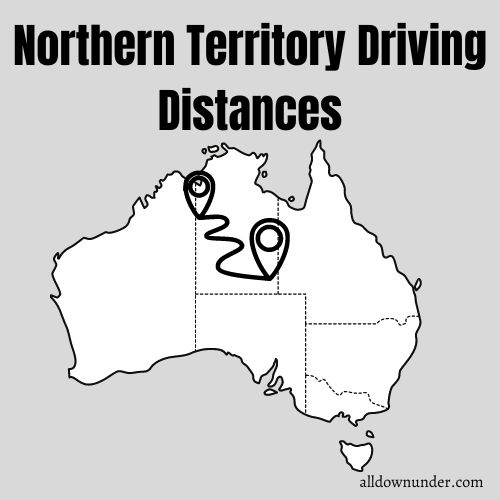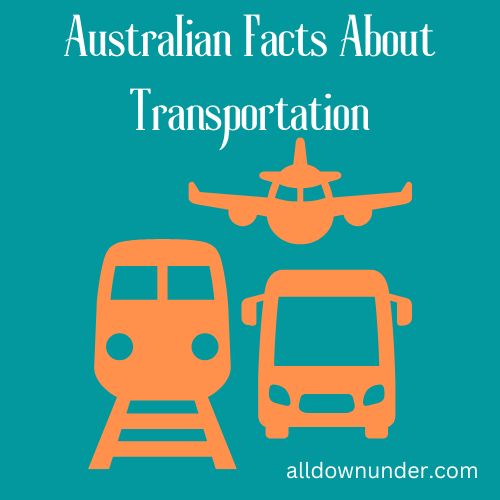Each of the Australian states and territories has its own flag. They stand for our country and identify ourselves both nationally and locally.
| Each of the six Australian states has its own official flag consisting of the Union Jack (representing our link with Great Britain) in the upper left quarter. The right side of each flag has a badge. Those badges are combined in the Australian Coat of Arms to represent the six states.Below are pictures of state flags with a close-up of their badges to their right.State and Territory Flags of Australia — Page 1 Page 2 Also try our Flag Quiz |  National Flag of the Commonwealth of Australia |
| New South WalesNSW Flag adopted: 18 February 1876 The badge depicts a red Cross of St. George. At the end of both arms of the Cross is an eight pointed gold star. In the centre of the Cross is a Golden Lion passant guardant. |    The badge has a white disc background. |
| QueenslandQLD Flag adopted: 1953 The badge depicts a light blue Maltese Cross with the St Edwards Crown in the centre of the cross. As in Victoria, the design of the flag is changed in accordance with the style of crown chosen by the reigning monarch. The last change occurred in 1953 after Queen Elizabeth II adopted the St. Edwards Crown for her coronation in 1952. |  The badge has a white disc background. |
| South AustraliaSA Flag adopted: 13 January 1904 The badge on the flag of South Australia depicts a Piping Shrike (Gymnorhina tibicen) with erect wings outstretched. Although it’s often referred to as an Australian magpie, it isn’t a true magpie. |  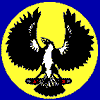 The badge background is a yellow disc. |
| TasmaniaTAS Flag adopted: 29 November 1875 The badge on the flag of Tasmania depicts a Red Lion facing left. The symbolism of the lion is assumed to indicate the state’s historical tie with England. The original lion on the badge was altered slightly in 1975 to appear as it does today. |   The badge background is a white disc. |
| VictoriaVIC Flag adopted: 1953 The badge depicts the Southern Cross with the St Edwards Crown above it. The Southern Cross stars vary in size and range from five to eight points. As in Queensland, the design of the flag is changed in accordance with the style of crown chosen by the reigning monarch. The last change occurred in 1953 after Queen Elizabeth II adopted the St. Edwards Crown for her coronation in 1952. |  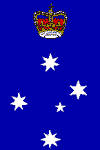 |
| Western AustraliaWA Flag adopted: 1953 The native Black Swan has long been a symbol of Western Australia. Before Western Australia became a state, the original colony was referred to as the Swan River Settlement (although swans are found throughout Australia). Because of this, the swan was suggested as the obvious choice for a badge by Governor Weld in 1870. |  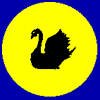 Today the swan swims right to left. Prior to 1953 the swan was swimming left to right. |
Australian Capital Territory
ACT Flag adopted: 25 March 1993

The ACT flag uses Canberra’s city colours of blue and gold. On the left side of the flag is the Southern Cross in white on a blue background. In the centre of the gold section is a modified form of the Coat of Arms of the City of Canberra (a shield with castle below a crossed mace and sword. At the bottom of the shield is a rose. The shield is supported by native black and white swans).

Northern Territory
NT Flag adopted: 1 July 1978

The Northern Territory flag uses both the Territorian colours and floral emblem. On the left side of the flag is the Southern Cross in white on a black background. The right side of the flag has a large stylised Desert Rose with a black centre and seven white petals on an ochre background.
The first time the flag was flown was at the ceremony to mark the grant of self-government to the Northern Territory. The celebration took place in Darwin on 1 July 1978.
Christmas Island
Unofficial selection: April 14, 1986
The flag has not been officially approved by the Christmas Island Assembly.
The blue and green triangles represent the sea and the island vegetation. The Southern Cross in the blue triangle matches the national flag and represents the island’s link to Australia. The image in the green triangle is the Golden Bosun bird, which is unique to the island and a popular local symbol. The disc in the centre of the flag represents the island’s phosphate mining history and the green image in the centre depicts a map of Christmas Island.Christmas Island is an external Australian Territory in the Indian Ocean, northwest of Western Australia.


Norfolk Island
Flag adopted: 17th January 1980

Two broad vertical stripes of green on the hoist and fly with central vertical white stripe with a silhouette of a Norfolk Island Pine in the same green as the end stripes.Norfolk Island has been an Australian external territory since 1913 and is located east of Australia in the Pacific Ocean.

